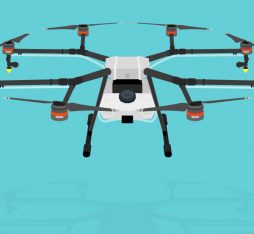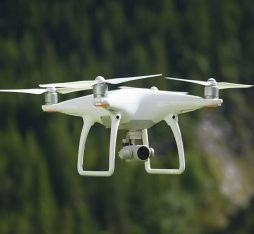What do drivers do when they are piloting their vehicles? They are constantly making decisions based on what they see, as well as what they perceive and even what they deduce. They also draw on their driving experience, which increases their expertise. This is what driverless cars will need to be able to do as well, while being safer and – if possible – even more rational, ecological and economical…
So, we can easily imagine that driverless cars, which are on the horizon, will need to be packed with technology, such as sensors, radars and webcams, as well as integrated artificial intelligence software to make the best driving decisions.
It may also be asking a lot for a “machine” to think exactly like a human being. But the question is not necessarily being asked in these terms. Driverless cars will communicate, through their equipment, with the other vehicles on the road, as well as with road signs, traffic lights, speed cameras, and so on. Even the roads themselves will be equipped for communicating with vehicles with zero latency.
In reality, driverless cars are one part of a broader project for smart cities – ecological, fluid cities, thanks to innovation – as well as smart territories looking beyond the cities’ boundaries…
No longer really a dream, not yet a reality
So, does this mean that we will be seeing driverless cars sometime soon? “This is no longer really a dream, but neither is it yet a reality for the immediate future”, explains Lyse Brillouet, head of digital society research at Orange Labs Research. “Neither the technologies, nor the infrastructures, nor the legislative framework are ready for any rapid, widespread deployment. We expect to see quite a long transition phase between current vehicles, connected or semi-connected cars and then driverless cars”.
When they become a reality, “driverless cars will undoubtedly transform the auto sector”, adds Lyse Brillouet. The stakes involved are significant, when we consider that in Europe, this business sector on its own makes up 4% of economic production today”. So, with driverless cars, models will need to be put in place for economic cooperation between industrial firms and high tech specialists.
The issue of insurance will also need to be rethought with driverless cars. Who will be insured? The “driver” or the vehicle’s manufacturer? How will we define responsibilities? Basically, who will pay what in the event of an incident? The approach will no longer be based on pooling risks, but a sort of self-discipline for individuals, monitored with a digital ecosystem. A model that still has some way to go to win over all the parties involved.
Trust and data
Global research by the Cetelem Observatory found that levels of trust in artificial intelligence in cars varies considerably depending on the country. For instance, 91% of the Chinese people surveyed said that they would be very interested or somewhat interested in using driverless cars, while this percentage dropped to 41% in France and 32% in the US.
And yet, like at home, passengers in driverless cars will be able to enjoy a range of new services that will be integrated into their vehicles: imagine a car office, video on demand, video games, etc.
The issue of trust is closely linked to that of the data produced within the new digital economy. As Lyse Brillouet explains: “driverless cars will produce a phenomenal quantity of data and everything will need to be orchestrated to ensure the effective management of this data and respect the privacy of drivers”. We will also need to put in place safeguards to protect against cars being hacked, whether attacks focus on individual vehicles or whole fleets simultaneously.
Researchers still have some magnificent challenges ahead of them…





